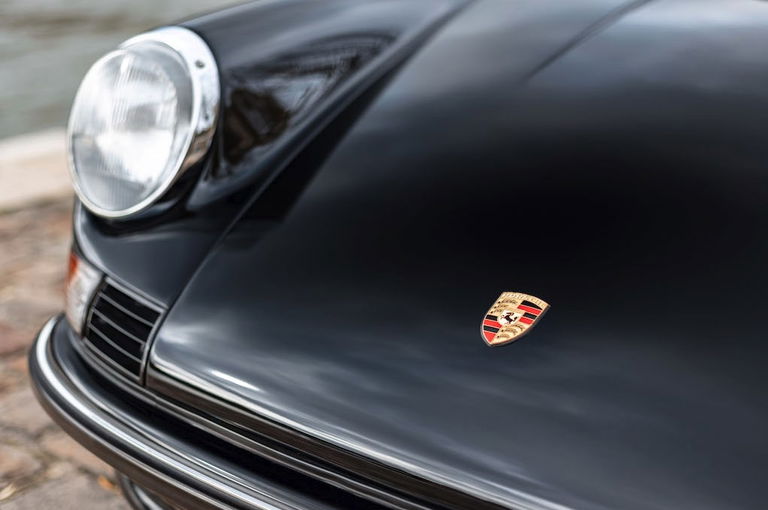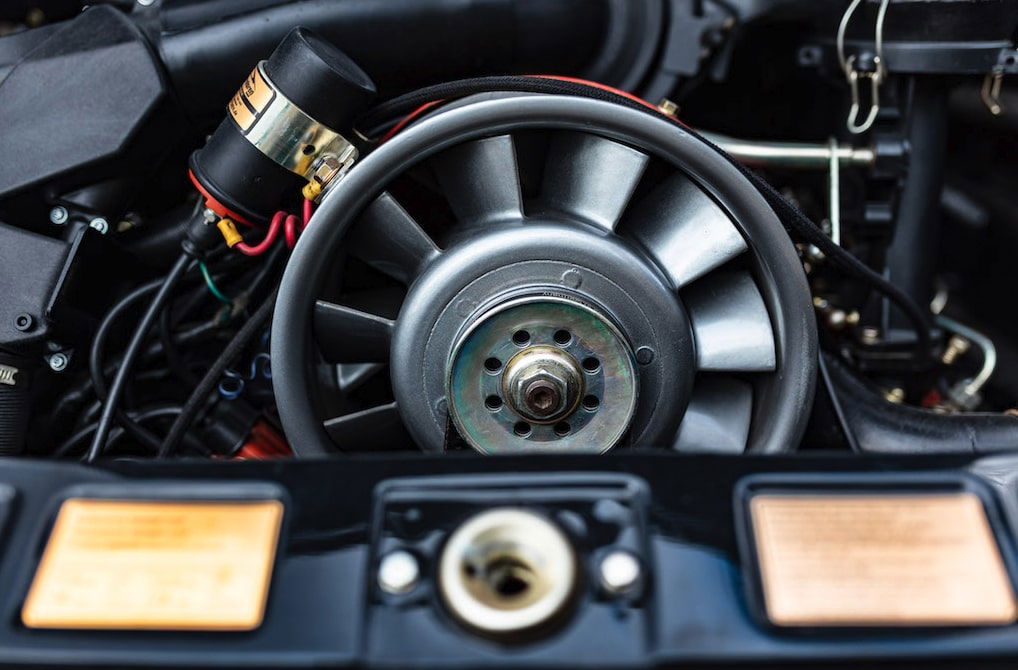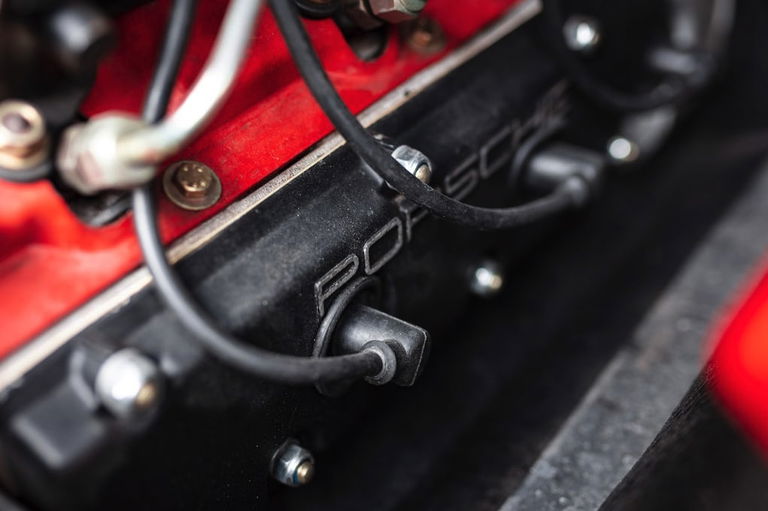This Porsche is in a superb condition. The painting is very beautiful and well stretched. The alignments are excellent. The Targa roof is well waterproofed. In mechanics, it works perfectly. The engine starts at a quarter turn and takes its turns perfectly. The box does not catch on at all.
Takeover and possible financing.
At the 1963 Frankfurt Motor Show, Porsche unveiled its prototype n°5 called “901”. But when the new GT was officially launched, Porsche had to rename them 911 because Peugeot had already filed all the three-digit names with a 0 in the middle. Until 1967, Porsche sold more than 10,000 units of its GT, which became a reference in the world of sports cars.
It is this army that a range is declined around the same bodies (cut and targa) with the same Flat 6 of two litres of cylinders but with different powers. Thus, the 2.0S will develop 160 hp, the 2.0 T, 110 hp to position itself at the entry level and the 2.0 L will develop 130 hp.
In August 1968, Porsche tried to find a solution to the very characteristic roadholding of the Porsche 911. The factory technicians modified their flagship model and increased the wheelbase of the 911 by 5.8 cm from 2.210 m to 2.268 m. While 5.8 cm may not appear much on paper, they are enough to significantly improve the handling of the Porsche 911, without altering its character that gives it all its charm… This same army, Porsche replaces the 911 2.0 “L” with the “E”. Its name comes from its engine power system which switches to (‘injection’ (‘E’ for Einspritz, or’injection’ in German).
In August 1969, the 2.0 will be replaced by the 2.2I always under the three declinations T, E and S. Finally for the 1972 vintage, Porsche will increase once again the engine capacity to 2.4 litres (moreover closer to 2.3L since 2341 cm3) with especially (‘ adoption of a new gearbox, the 915 replacing the 901 in dogleg. The 911 2.4S now develops 190 hp with 24 m/kg of torque at 4000 rpm. The 0 to 100 is performed in 7 seconds, and the Vmax is 230 km/h.
The first production army of the 2.4 is characterized by the famous “oil trapdoor”, placed on the ARD wing, an idea abandoned on the 73rd mile due to some fuel fills made by the oil trapdoor…










































